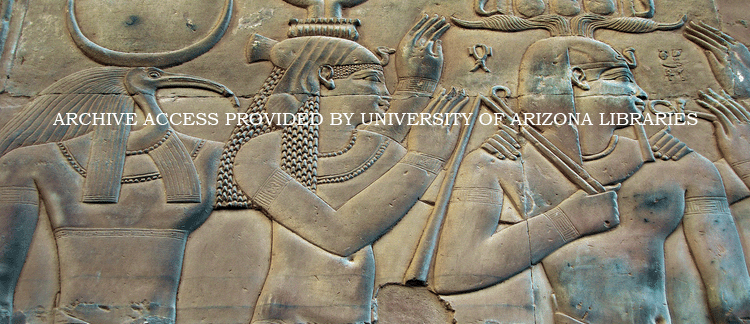Abstract
The nature of Egyptian control in the southern Levant during the Late Bronze Age has been the subject of vivid debate. Historical reconstructions either see a substantial presence of Egyptian personnel into the southern Levant (Weinstein) or local Canaanites emulating the Egyptian mode of rulership (Higginbotham). This paper offers a re-evaluation of the archaeological data by focusing on evidence that might indicate the presence of Egyptian individuals. This data is reanalyzed in light of indicators for “embodied knowledge,” which can be used to differentiate the presence of individuals accultured in Egypt from the “emulation” of Egyptian practices by local, Canaanite individuals. It is argued that limited evidence can be found for local Canaanites adopting an Egyptian style of architecture and material culture during the Late Bronze Age I. In the Late Bronze Age II, however, archaeological evidence supports the notion of Egyptian individuals being present in the southern Levant. Egyptians appear to have occupied both lower administrative functions as well as higher positions in this hierarchy. It can therefore be concluded that Egyptian control of the Levant initially relied on loyal local Canaanites, but later came to include a limited influx of Egyptian personnel.
How to Cite
Streit, K., (2019) “Archaeological Evidence for the Presence of Egyptians in the Southern Levant During the Late Bronze Age—A Reappraisal”, Journal of Ancient Egyptian Interconnections 21(1), 68-87.
505
Views
169
Downloads
